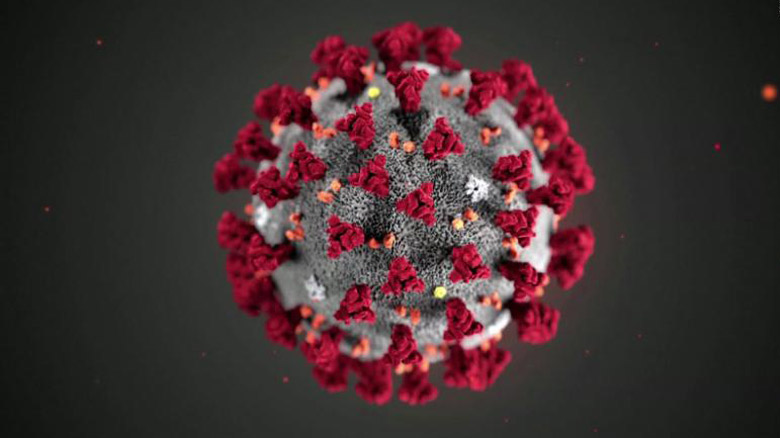
COPD, or Chronic Obstructive Pulmonary Disease, is a progressive lung disease that cause airflow obstruction, making it difficult to breathe.
Causes of COPD:
- Smoking: The primary most common irritant cause is cigarette smoke.
- Diet: Excessive intake of kidney beans, black gram oil, sesam oil, white flour preparations, tubers, curd, unboiled milk, aquatic and marshy meat or any dietic articles difficult to digest causing indigestion with Irregular and untimely eating of food
- Irritants: Regular exposure to air pollution, dust, fumes, smoke, wind, residing in cold place and using cold water,
- Life style: Reduced physical exertion, sleep in day-time, irregular or reversed sleep pattern.
COPD Symptoms:
- Shortness of breath, especially while doing any activity.
- A persistent cough, often with mucus.
- Wheezing or a whistling sound when breathing.
- Fatigue and chest tightness.
Management of COPD through Ayurvedic Perspective
In Ayurveda, COPD is viewed as a disorder of “Pranavaha Srotas,” which refers to the channels responsible for the flow of vital energy (Prana) and air in the body. Ayurveda suggests that imbalances in the three doshas (Vata, Pitta, and Kapha) can contribute to COPD. Specifically, an aggravation of Kapha dosha, along with Vata and Dhatu kshaya (tissue depletion), is considered a key factor in the disease’s progression.
Patient already suffering from COPD, should be treated with Ayurvedic medication and treatment along with life style modifications.
Herbal Remedies:
Vasadi Kashaya: This herbal formulation, commonly used for respiratory disorders, is considered a potential remedy for COPD due to its anti-inflammatory, bronchodilator, and immune-modulating properties.
Pippali Rasayana: Pippali (long pepper) is considered a promising treatment approach for COPD.
Other Herbs: Herbs like thyme, English ivy, ginseng, and licorice root may provide some symptom relief, though they cannot cure or treat COPD alone.
Yoga and Pranayama:
Asanas: Practices like Bhujangasana (Cobra Pose), Shavasana (Corpse Pose), Shalabhasana (Locust Pose), and Pashchimottanasana (Seated Forward Bend) can improve lung function and circulation.
Pranayama: Breathing exercises like alternate nostril breathing (Nadi Shodhana) and Kapalabhati can help improve lung capacity and oxygen intake.
Purification and Rejuvenation:
Shodhana: Techniques like Deepana (stimulating digestive fire), Pachana (digestion), and Svedana (sweating) can help cleanse the body and improve Pranavaha Srotas function.
Rasayana: Rasayanas (rejuvenative therapies) like Pippali Rasayana can help improve lung function and overall health.
Lifestyle Modifications:
Avoiding factors like smoking and exposure to pollutants is critical.
Following a diet rich in fresh, warm, and easily digestible foods, including vegetables like gourd, spinach, garlic, and ginger, is recommended.
Excessive consumption of tomatoes, cauliflower, potatoes, sweets, curd, and cold drinks should be avoided.
Engaging in gentle exercises like walking, swimming, and yoga can improve lung capacity and overall health.
Important to Consult a Qualified Ayurvedic Practitioner:
It’s essential to consult with a qualified Ayurvedic doctor for personalized diagnosis and treatment plans. Ayurveda can be used as a complementary approach to conventional medical treatment for COPD, helping to improve quality of life and manage symptoms.
Conclusion:
Lifestyle changes is the key as adopting a healthy lifestyle, including quitting smoking and regular exercise, is crucial for managing COPD.



